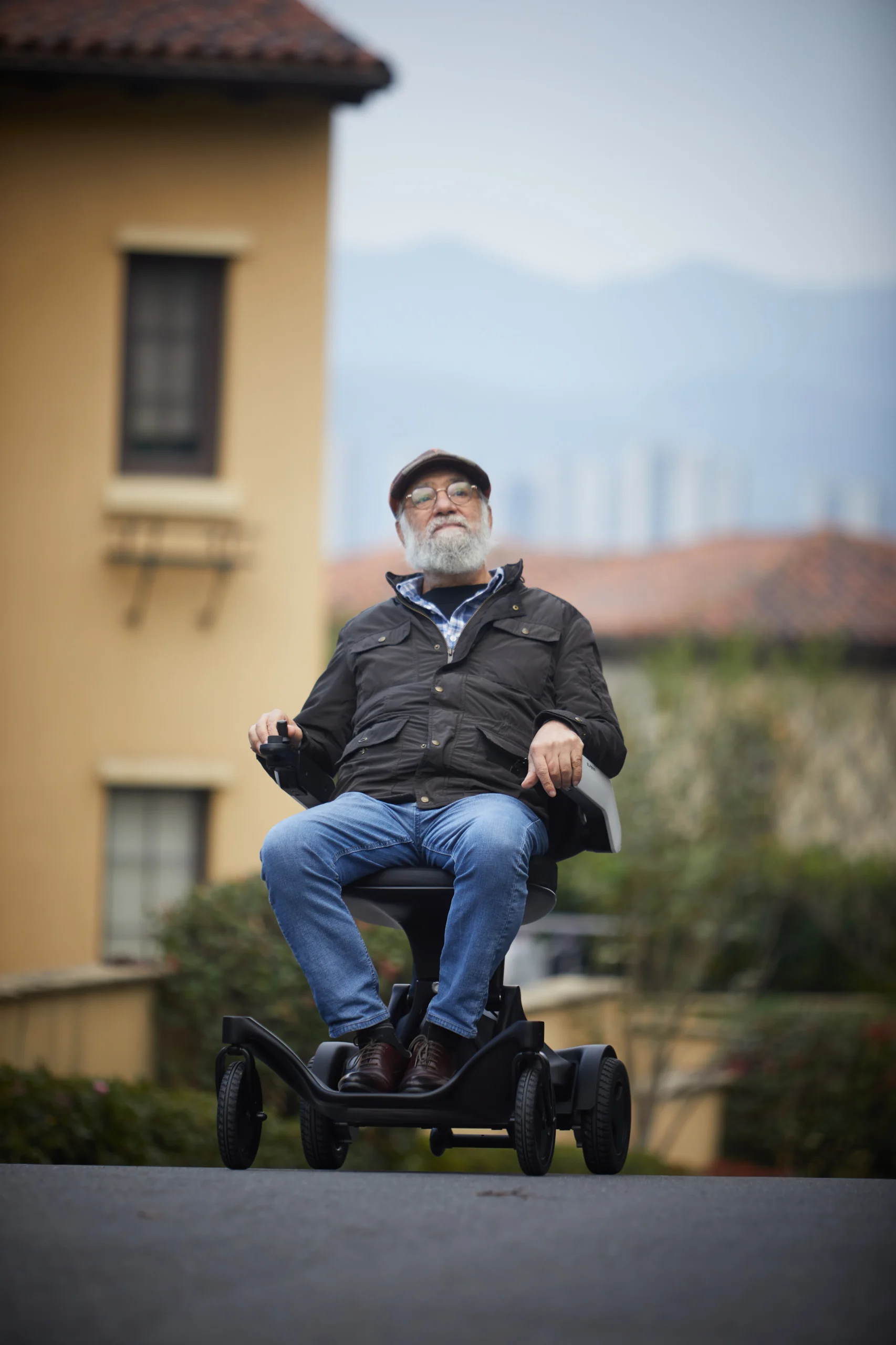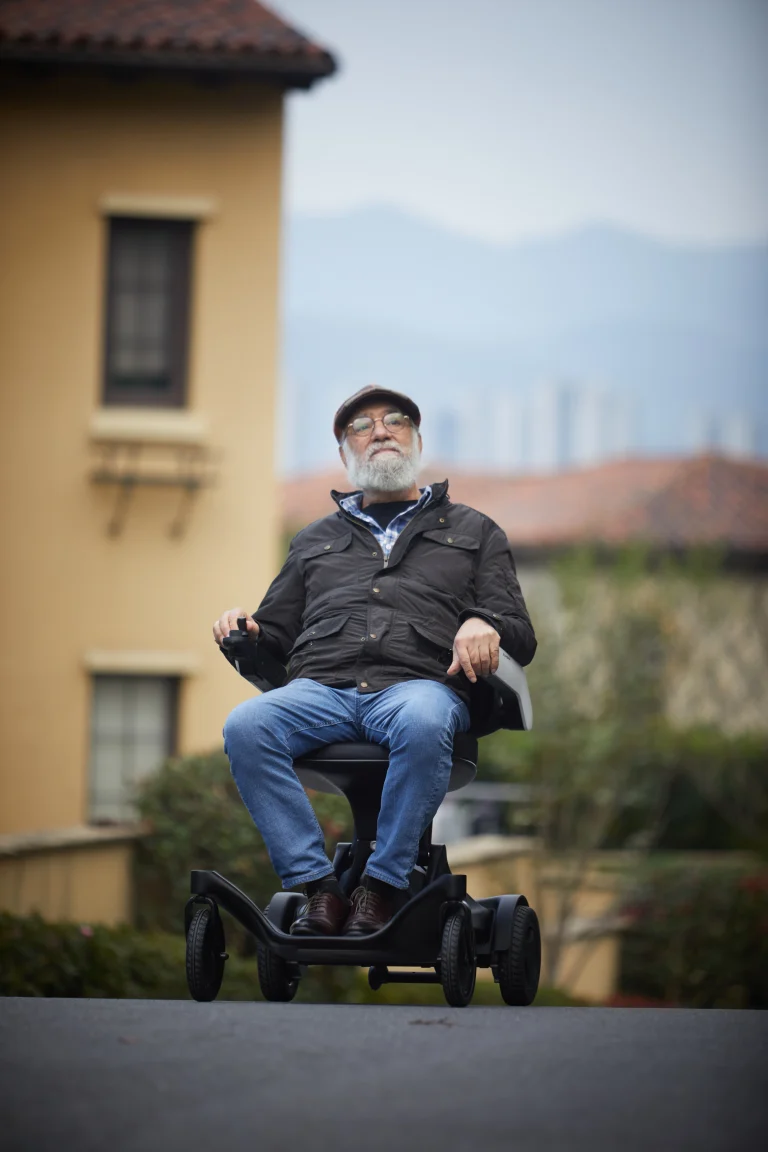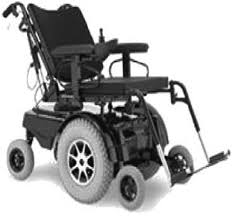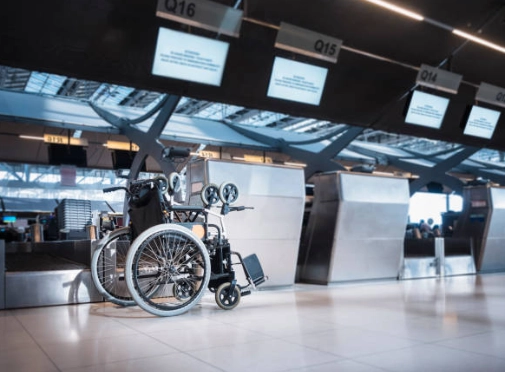Overview of Electric Wheelchairs
Electric wheelchairs are neat mobility tools. They run on batteries. They help people with disabilities, injuries, or age issues move around. These chairs give users more freedom and a better life. They come in three types: Class 1 is manual wheelchairs. Class 2 is electric wheelchairs with a top speed of 4 mph (6.4 km/h). Class 3 goes up to 8 mph (12.9 km/h) and may be allowed on roads if rules are followed.

Legal Framework for Electric Wheelchairs on Public Roads
General Principles
In most places, electric wheelchair users are seen as pedestrians. They must follow pedestrian rules, like using sidewalks, crosswalks, and signals. This keeps things safe and easy to access. Electric wheelchairs usually can’t go on fast roads like highways. But they might be okay on slower roads (35 mph or less) when sidewalks aren’t there or can’t be used.
Country-Specific Regulations
Estados Unidos
The Americans with Disabilities Act (ADA) says people using wheelchairs or other powered mobility devices can go where pedestrians are allowed. But road use depends on state and local laws:
- Missouri: Mobility scooters and electric wheelchairs can use public roads. Users must follow traffic rules and local laws.
- Michigan: Insurance laws might call mobility scooters vehicles in some cases. This affects legal protections and insurance needs.
- West Virginia: Electric wheelchair users are pedestrians. They can use roads only when sidewalks are missing or blocked, usually on roads under 35 mph.
United Kingdom
The UK uses Rule 36 of the Highway Code for electric wheelchairs. It has rules for Class 1, 2, and 3 devices. Class 2 can use roads if no sidewalk exists. Class 3 can go on roads but must follow traffic rules, like staying on the left and using pedestrian crossings when possible.
Canada (Quebec)
In Quebec, electric wheelchairs and mobility scooters are called motorized mobility aids (MMAs). They must use sidewalks when available. Road use is okay only if sidewalks are missing or hard to use. Users must match their speed to traffic conditions.
Australia
Electric wheelchairs are seen as pedestrian aids. Sidewalks are the main choice. Roads are allowed where sidewalks are missing, but users must follow traffic rules and have safety features on their devices.
European Union
EU countries often follow UK rules. Some require users to register their devices or get permits for road use. Class 3 electric wheelchairs may be allowed on roads if they have proper equipment.

Safety and Equipment Requirements
For safe road use, electric wheelchairs need certain features. These include trusty brakes, often automatic. They need front and rear lights for visibility. Reflective strips help at night. Mirrors are useful in traffic. Users must follow local speed limits.
Practical Applications and Scenarios
Electric wheelchair users might need to use roads in some cases:
- In areas without sidewalks, like country lanes, they may travel on roads to get places.
- Crossing roads at pedestrian crosswalks is usually okay.
- In cities where sidewalks are blocked by construction.
- To reach important services in places with no pedestrian paths.
Benefits of Allowing Electric Wheelchairs on Roads
Letting electric wheelchairs on roads has perks. Users get more freedom by reaching places beyond their nearby area. It also makes things fairer in places with poor sidewalk setups.
Challenges and Controversies
There are some concerns:
- Some say electric wheelchairs can be risky for pedestrians and drivers because of their size and speed.
- Many sidewalks aren’t built for electric wheelchairs. This forces users to share vehicle lanes.
- In places like Michigan, unclear laws affect insurance coverage.
- Accessibility supporters want more rights, but regulators focus on safety rules.
Practical Tips for Electric Wheelchair Users
If you’re wondering, “are electric wheelchairs allowed on the road?” here’s what to do:
- Know if your wheelchair is Class 1, 2, or 3.
- Check with local officials about area rules.
- Add required safety gear to your device.
- Wear bright clothing in low light.
- Follow local traffic rules.
- Stay off fast roads.
- If possible, take a training course to feel confident and stay safe.
Safety Considerations
Safety is super important:
- Use lights and reflectors at dusk or dawn.
- Keep brakes in good shape.
- Charge batteries before long trips.
- Be careful on wet or bumpy surfaces.
Market Trends and Future Developments
More people are using electric wheelchairs. This is because of an aging population and rising disability rates. New features include GPS navigation and automatic braking. Cities are starting to build more accessible paths to reduce road use.
Table: Summary of Electric Wheelchair Road Use Regulations by Region
| Region | Road Use Allowed? | Conditions |
| Estados Unidos | Yes (varies) | No sidewalks; follow local/state laws |
| UK | Yes | Class 3 only; needs lights/mirrors |
| Quebec | Limited | Only if sidewalks are missing |
| Australia | Yes | Follow pedestrian rules; avoid heavy traffic |
| EU | Yes (varies) | Often needs registration/permits; safety gear |
Become Distributors of SUPERPI Electric Wheelchairs
Robô Super Pi started in July 2022. It focuses on smart devices for older people. The company makes, researches, and sells lightweight solutions like its Model P2 wheelchair. This model weighs just 20.5kg without the battery.
Superpi has great R&D skills and a top brand with strong after-sales support. Distribuidores get help with marketing, like ads and content creation.
To become a distributor:
- Contact SuperPi.
- Share your business details.
- Talk about terms.
- Sign an agreement.
- Get delivery based on order size (less than 20 units = within 2 weeks).
FAQ
Are electric wheelchairs allowed on the road?
It depends on your area. In places like the UK or parts of the US, yes—especially for Class 3 models with proper safety gear.
Do I need a license?
Usually not. But some places require registration for faster models.
What safety features should my chair have?
Brakes (best if automatic), front/rear lights, reflectors, and mirrors or indicators for Class 3 models.
Can I become a SuperPi distributor?
Yes. Contact us first, share details, negotiate, sign, and get delivery. Leave a message online for more info.
What makes SuperPi’s Model P2 stand out?
It weighs only 20.5kg, making it the lightest folding electric wheelchair. It has comfy design and strong motors (250W*2).
For collaboration inquiries, distribution opportunities, or product demos, please contact us today






